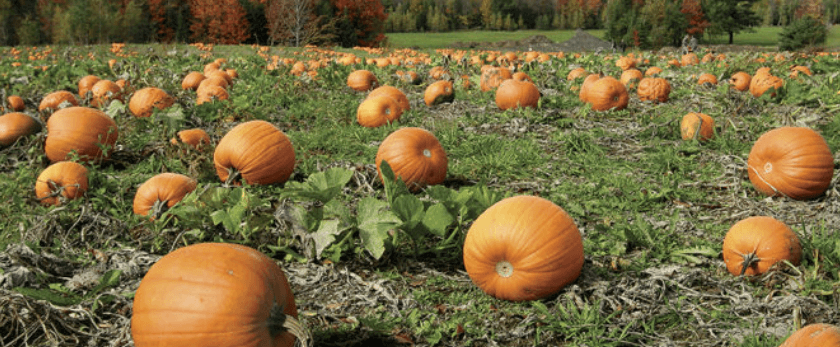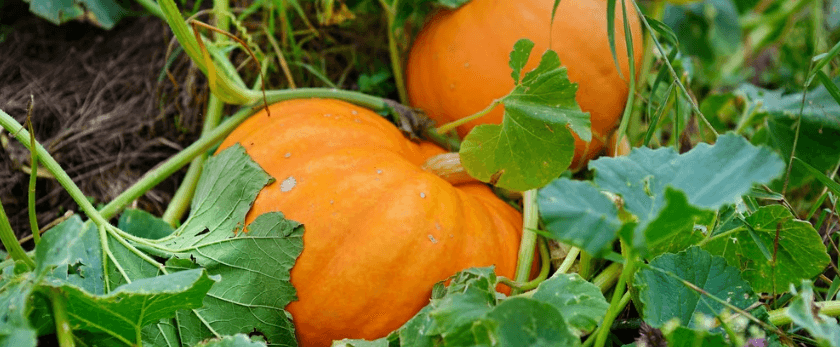Pumpkins are not only a staple of fall decorations and delicious pies, but they are also a great addition to any sustainable garden. These versatile and nutrient-rich fruits are easy to grow and can be used in a variety of ways, making them a valuable addition to any eco-friendly lifestyle. In this article, we will discuss how to grow pumpkins in a sustainable manner, from caring for them to common problems and the best time to grow them.
Caring for Pumpkins
Watering
Pumpkins require consistent watering to thrive. They have shallow roots, so it's important to water them deeply and regularly to ensure the water reaches the roots. The best way to water pumpkins is to use a drip irrigation system or a soaker hose. This will prevent water from evaporating and ensure that the water reaches the roots.
It's important to water pumpkins in the morning, as this allows the leaves to dry out during the day, preventing diseases. Avoid watering the leaves directly, as this can also lead to diseases. Instead, aim for the base of the plant.
Light
Pumpkins require full sun to grow and produce fruit. This means they need at least 6-8 hours of direct sunlight per day. Make sure to plant them in an area that receives plenty of sunlight, away from any shade or trees that may block the sun.
Soil
Pumpkins prefer well-drained, fertile soil with a pH level between 6.0-6.8. Before planting, amend the soil with compost or well-rotted manure to provide the necessary nutrients for the pumpkins to grow. Avoid using chemical fertilizers, as they can harm the environment and your health.
Fertilizer
Pumpkins are heavy feeders and require regular fertilization to produce large, healthy fruits. Instead of using chemical fertilizers, opt for organic options such as compost, manure, or organic fertilizers. These will not only provide the necessary nutrients but also improve the soil's health and promote a sustainable ecosystem.
Pruning
Pruning is not necessary for pumpkins, but it can help improve air circulation and prevent diseases. If you notice any dead or diseased leaves, remove them immediately to prevent the spread of diseases. You can also prune the vines to redirect the plant's energy towards producing larger fruits.

Best Time to Grow Pumpkins
The best time to grow pumpkins depends on your location and climate. In general, pumpkins are warm-weather plants and require a long growing season. They can be planted in the spring after the last frost or in the summer for a fall harvest.
If you live in a colder climate, you can start your pumpkin seeds indoors 2-3 weeks before the last frost and transplant them outside once the weather warms up. Make sure to harden off the seedlings before transplanting them to prevent transplant shock.
Common Problems with Pumpkins
Pumpkins are relatively easy to grow, but they can face some common problems. Here are a few issues you may encounter and how to address them in a sustainable manner.
Pests
Pumpkins can be susceptible to pests such as squash bugs, cucumber beetles, and vine borers. Instead of using chemical pesticides, try using natural methods to control these pests. For example, you can handpick and remove the pests, use row covers to prevent them from reaching the plants, or introduce beneficial insects such as ladybugs and praying mantises to your garden.
Diseases
Pumpkins can also be affected by diseases such as powdery mildew, downy mildew, and bacterial wilt. To prevent these diseases, make sure to water the plants at the base and avoid getting the leaves wet. You can also use organic fungicides or homemade remedies such as a mixture of baking soda and water to control powdery mildew.
Lack of Pollination
Pumpkins require pollination to produce fruits. If you notice that your pumpkin plants are not producing fruits, it may be due to a lack of pollination. To attract pollinators such as bees, butterflies, and hummingbirds to your garden, plant flowers and herbs that they are attracted to. You can also hand-pollinate the flowers using a small paintbrush or cotton swab.
Responsible Disposal Methods
Once you have harvested your pumpkins, it's important to dispose of them in a responsible manner. Instead of throwing them in the trash, consider composting them. Pumpkins are rich in nutrients and make a great addition to compost piles. You can also donate them to local farms or food banks, or use them for DIY projects such as pumpkin puree or pumpkin seed snacks.
Conclusion
Growing pumpkins in a sustainable manner not only benefits the environment but also provides you with delicious and nutritious fruits. By following these tips on caring for pumpkins, the best time to grow them, and how to address common problems, you can enjoy a bountiful harvest while reducing your carbon footprint. Remember to also dispose of your pumpkins responsibly to complete the sustainable cycle. Happy gardening!










